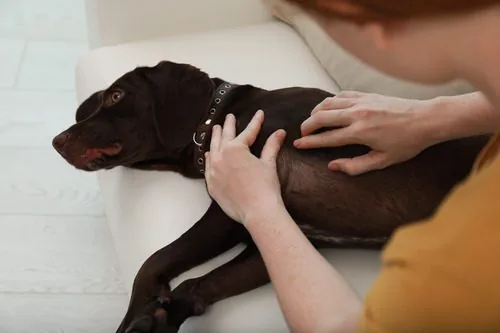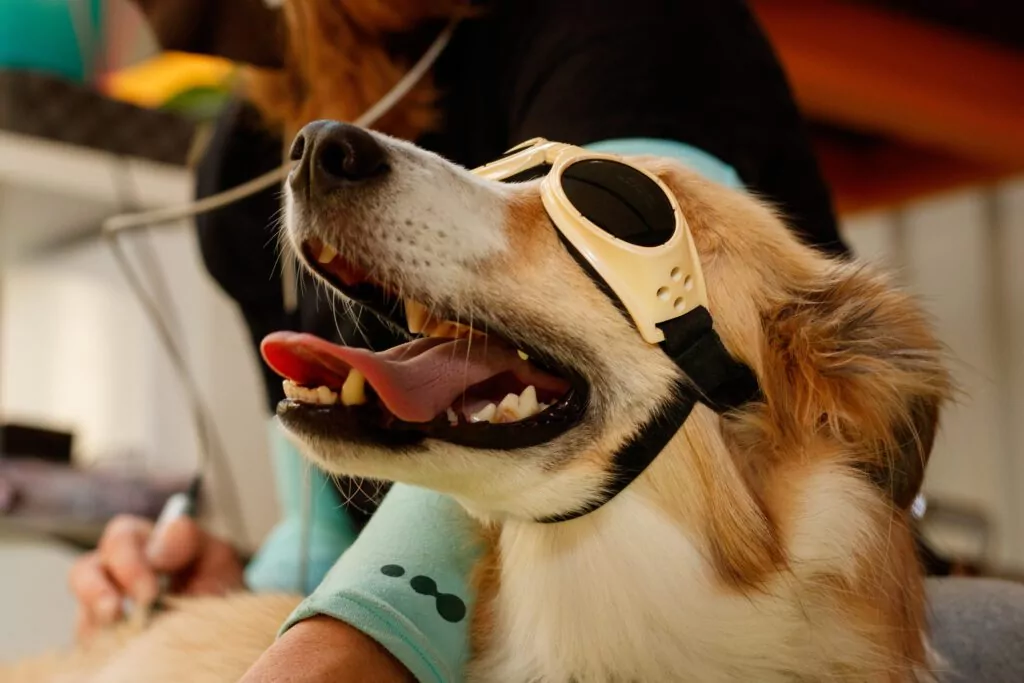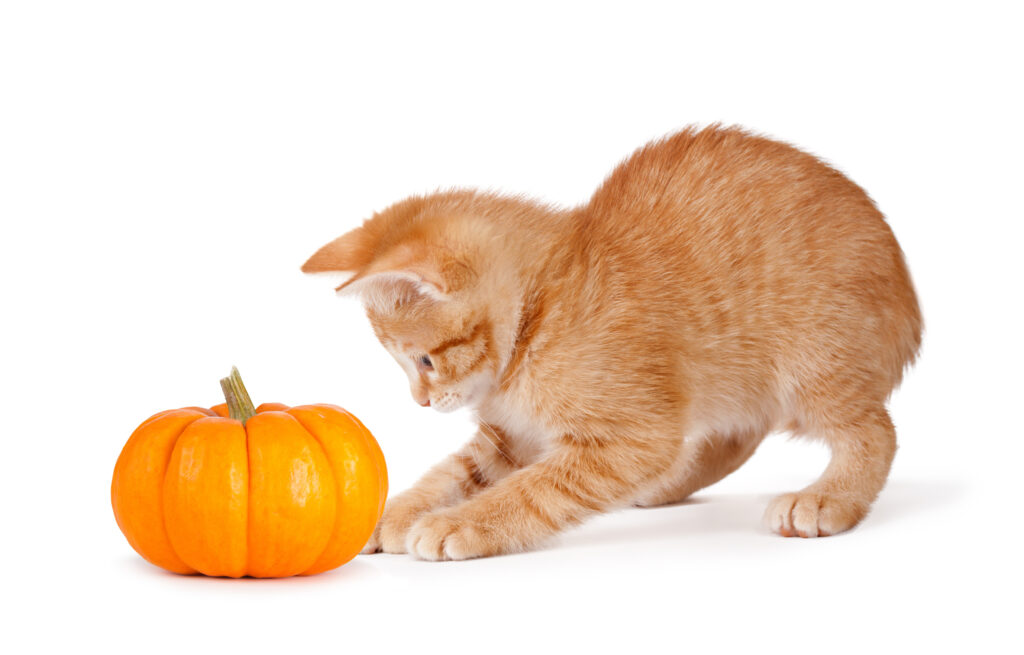5 Tips for Taking Care of Senior Pets in Buffalo Grove, IL
No matter how long you have had your fur babies, an inevitable part of your journey will include
nurturing your pets in their twilight years. While we may want to turn a blind eye to the aging process,
this is actually the time we need to pay extra attention to our pets. Taking care of a senior pet can be
hard, but there are many things you can do to make it both manageable and safe. Loving and caring for
your older animals can be a great bonding experience. After all, as your pets age, you may find that they
want nothing more than extra love and cuddles.
You are probably wondering when a pet is considered a senior. It varies, but small dogs are generally
considered geriatric at the age of seven. Larger breed dogs tend to have shorter life spans and can be
considered geriatric by six. A general rule of thumb is that your kitty is a senior by 11 years old.
The first sign of aging is an overall decrease in activity. Your kitty might not want to jump and play endlessly. Your pup may not want to chase balls or have trouble keeping up on long walks. Your pets may snooze away entire afternoons. Some age-related conditions can include sight and hearing loss, mobility issues, and cognitive impairment. As aging advances, the immune system weakens making pets more susceptible to bacteria and viruses.
Bladder control may be affected, and muscles tone decreases. To keep your pet healthy and comfortable during their senior years, follow these tips. Your faithful old pal will thank you.

1. Preventative Care
While all pets require regular visits with a veterinarian, it is even more important for our aging friends.
Experts recommend that seniors should be examined twice a year, even more if there are any serious
health issues. A thorough physical examination and lab work by your veterinarian could aid in the early
detection of diseases and dental issues. Preventative care and regular checkups will be key to helping
your pet remain healthy and comfortable as he ages.
2. Provide Regular Exercise
Your pet’s energy may be decreasing, but it is important that you don’t confuse lower impact with a
sedentary lifestyle. Dogs need the exercise and mental stimulation that a nice stroll provides. Keeping
your senior dog active will also help prevent weight gain and arthritis.
Types of Exercise for Dogs and Cats Include:
• Regular walks and swimming are easy and low-impact ways to keep your dog moving. Try
mixing up your pet’s routine. Explore new terrain. A fresh perspective and all new smells might
do the trick. Instead of a long daily walk, consider two or three short walks instead.
• If your pet is stiff, let them walk it out. Don’t rush their process. In warm weather, take your
time and provide water. If you live in a cold climate, dress your pooch in warm clothing and
watch for snow and ice patches which may be harder to navigate.
• Cat’s also require mental and physical stimulation as they age. Keep playing with toys,
encourage them to go up and down stairs, or consider hiding food treats around the house for your
cat to hunt for.
3. Watch your Pet’s Diet
Good nutrition is critical to good health at all ages, but nutritional needs change as your pet ages.
You may need to switch up your routine as your pet matures. Pet owners need to maintain a
healthy weight and muscle mass. Don’t automatically switch to food labeled “senior diet.” With
so many food options available, talk with your veterinarian to make sure you are choosing the
best option for your particular pet. Your vet may also recommend certain vitamins or
supplements.
Tips for Watching Your Pet’s Diet Include:
• Older pets tend to gain weight and may need a diet tailored for less activity. Fat cells produce
inflammatory proteins that increase the risk of heart disease, joint disease, and endocrine issues in
pets.
• Since pets that are overweight also tend to have a shorter life span, you may need to reduce
calorie intake to keep your furry friend in shape.
• Age can affect appetite and health and dental issues may arise that make the thought of eating unappealing or even painful. You may need to get creative to keep your pet nourished. Make food enticing.
• Continue to feed their regular food as long as they like it. Some owners find that switching from
dry to soft or canned food can stimulate an appetite. Soft food is easier to chew for animals
whose teeth are worn or damaged. If they can smell dinner, they’re more likely to want to eat it.
• Some animals find it difficult to lower their heads to reach the food dish. Try an elevated bowl, or
even moving their dish to a low bench so they don’t have to strain their necks.
• Dogs love to think they are getting a special treat. You may be able to fool your pup into thinking
they are getting the ultimate meal if you feed them on one of your dinner plates as opposed to
their food bowl. While you’re eating, keep their plate on the table next to yours, and feed them
after your meal.
• If all else fails, try a doggie buffet. Arrange an assortment of foods in small piles in a large dish
and let your dog have a sniff.
• Make sure your pet is drinking plenty of water. Dehydration can put your pet at risk for
conditions like constipation, kidney disease, and diabetes. Keep your pet’s water dish in a
convenient location.
4. Maintain Good Oral Health/Hygiene
As your four-legged friend ages, you will need to pay increased attention to their oral and hygiene needs.
If they haven’t seen a veterinarian recently, now is the time. Try to establish a baseline health profile
while your pet is in good health to catch problems early.
Pet Dental/Grooming Care Tips
• Keep your pet’s teeth clean. Good dental care can not only prevent eating issues, but prevent a
host of bacteria related illnesses. Talk to your vet about a good cleaning and then maintain those
pearly whites with brushing and quality chew toys. Check their mouth periodically for plaque,
sores, and tumors. Remember that unusually strong breath odors can be a sign of illness.
• Older pets are more prone to diseases since they have a decreased ability to fight off parasites.
Check your pet for fleas and ticks, especially after a walk or a doggie play-date.
• Spend a little extra time grooming your pet. If your pet’s coat and skin dry out, use a quality
shampoo, and brush them more frequently to stimulate the production of natural oils. Consider a
grooming appointment if you are not comfortable clipping their nails or trimming away
overgrown hair. Be aware of gunk that can build up in your pet’s ears.
• Unfortunately, this may be the time you begin to notice your pet having accidents. Track how
often they are relieving themselves and try to keep up a schedule. You may have to instigate
outside time. If your pup is unable to make it outside, stock up on pee pads, old towels, and even
doggie diapers.
• If your kitty is starting to miss the litter box or having accidents around your house, keep in mind
that there may be a medical issue. Pay attention to the litter box for changes in frequency and
consistency.
5. Provide Special Accommodations.
If you have a senior dog or cat, making small adjustments to your home and their environment can have
a big impact.
Living Arrangement Tips for Senior Pets:
• Since your pet will be spending more time sleeping, spoil him. Splurge on an orthopedic or a
heated dog bed. This can help relieve arthritis and other aches and pains. Warm blankets or
towels can also help. Aging cats often crave more attention than they did earlier in life so make
room on your lap.
• Your pet may have trouble navigating in the dark. Consider night lights throughout your home,
especially near food and water bowls.
• Rearrange the house for mobility. Move your furniture, use dog gates to block rooms or steps,
purchase special ramps. Ramps are a great way to help dogs get onto furniture and into cars. Cats
that can no longer jump may use a ramp to reach their favorite perch.
• Lay down more carpeting/rugs around your home so that your senior will have an easier time
getting up and won’t slip. Dog socks with non-slip soles can also help provide traction. If your
pooch is heavy and you have trouble lifting, try a support sling or harness. They can make it
easier for your dog to walk, climb, or get outside.

Conclusion
It can be emotionally draining to care for a senior pet, but it is also a valuable gift. Pamper your pet in
their golden years and shower them with the love they deserve. Be kind and be patient. With these simple tips, you and your pet can enjoy this time in peace and happiness.
Recent Posts
Why Are Ticks a Danger for Dogs?
Why Are Ticks a Danger for Dogs? As a pet owner, it’s important to be aware of…
Ways to Keep Your Pet’s Heart Healthy
Ways to Keep Your Pet’s Heart Healthy We all want our furry companions to live long, healthy…
Benefits of Spaying and Neutering Your Pet
Benefits of Spaying and Neutering Your Pet When it comes to caring for your beloved furry companion,…
Benefits of Laser Therapy for Cats and Dogs
Benefits of Laser Therapy for Cats and Dogs At Buffalo Grove Animal Hospital, we are constantly evolving…
Can Cats Eat Pumpkin?
Can Cats Eat Pumpkin? In the ongoing quest to provide our beloved feline friends with a well-balanced…
About Buffalo Grove Animal Hospital
Buffalo Grove Animal Hospital has been a part of the Buffalo Grove community since 1969. Our veterinarians serve Buffalo Grove, Arlington Heights, Palatine, and the surrounding areas with the best veterinary medicine year after year. Our commitment to pet health runs deep, and we’ve proven our skill and compassion by becoming an AAHA-accredited Animal Hospital, the highest accreditation veterinary practices can receive.





